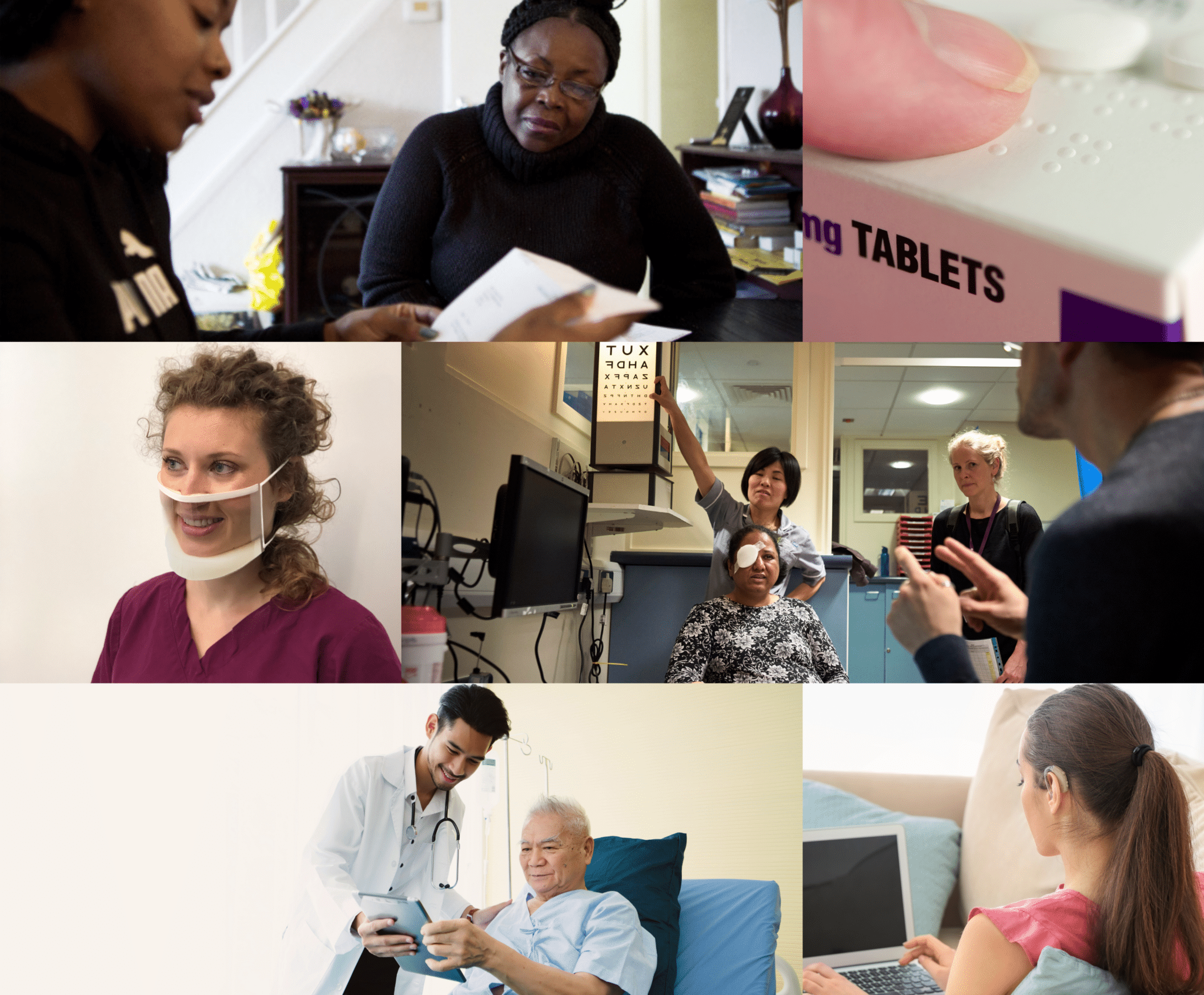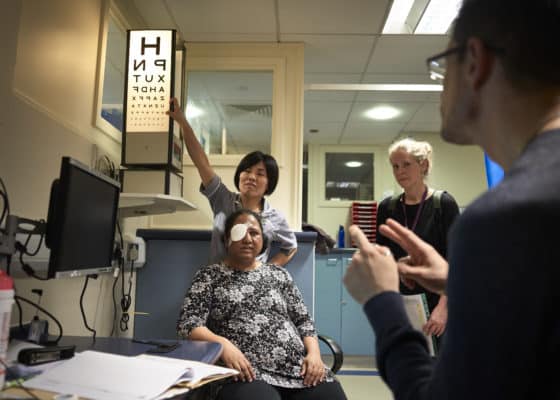
Resources Learn about Deafness
A good place to start to improve your Deaf awareness.

The standard is a legal obligation that ensures:
Since the Disability Discrimination Act 1995 and Equality Act 2010, the NHS should have been making ‘reasonable adjustments’ for deaf patients. However, it has always been unclear what might be considered ‘reasonable’.
NHS England sought to address this ambiguity by creating the Accessible Information Standard. Although it is not an Act of law, it is legally enforceable and all NHS and adult social care services in England are under a legal duty to comply with its requirements. It covers inpatient and outpatient services, as well as long-term care in nursing and care homes. The rules also help deaf people who may be parents or carers.
It also applies to private healthcare providers that are partially funded by the NHS. It does not apply to healthcare providers that are fully private, however such services must still abide by the Equality Act 2010.
“Bad access doesn’t just affect deaf people physically, it affects our mental health too. I want to be given more options and information so I have a clear understanding of my health.”
– Spiros, Deaf patient
The Standard tells health professionals what they must do to improve communication and accessibility for people with a disability or sensory loss. It refers to the communication needs of both patients and staff and its objective is to ensure that:
There are five main parts to the Accessible Information Standard:
More information for health and social care professionals is available from NHS England.

Urgent priorities for change, informed by patients’ lived experience and NHS professionals.
Report
A good place to start to improve your Deaf awareness.

Find a registered interpreter in your area.

We refer back to the challenges and solutions identified in these reports to help shape and guide our work.

Communication barriers are the #1 reason Deaf people have poorer health. You can take steps to help.